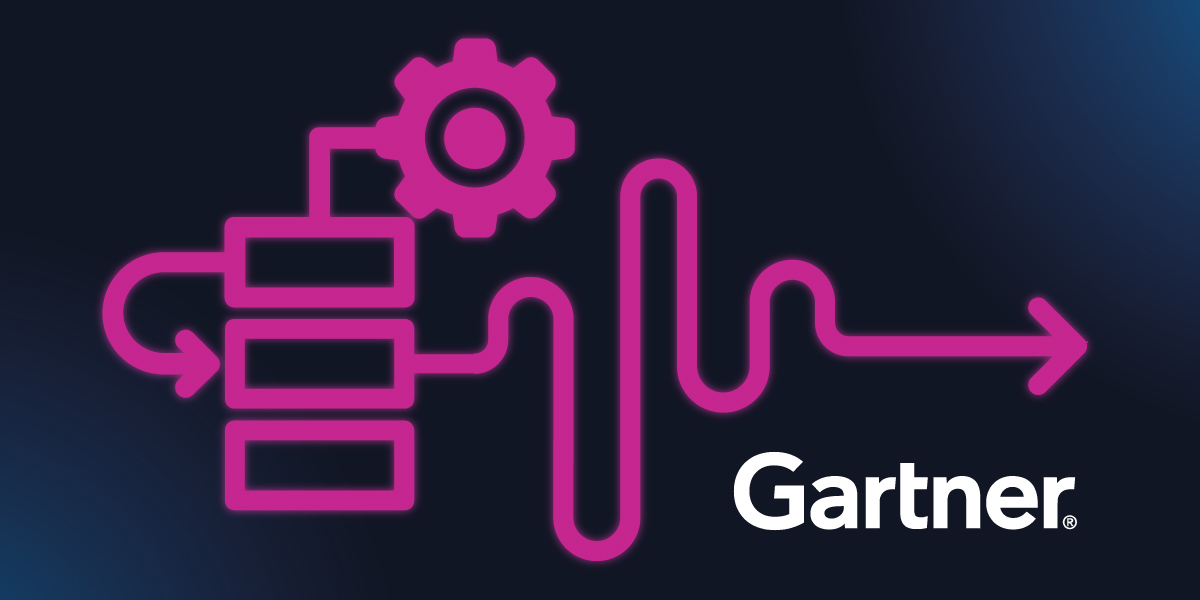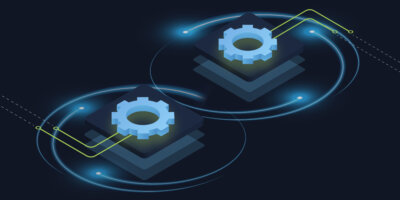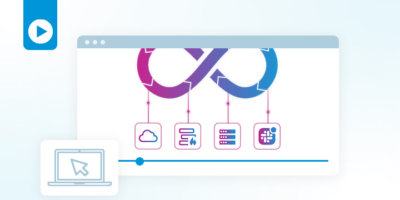I&O leaders today are navigating times of rapid change. In modern global business, new technologies are driving infrastructure evolution and the most successful organizations are updating and transforming their operating models to adopt them. If that’s you, congrats! Otherwise, keep reading — I promise you’ll learn something useful, or your money back.
To get this out of the way, here’s how the report defines an operating model: “a combination of organizational structures, processes, capabilities, and relationships to conduct the daily activities of an organization to achieve the enterprise’s strategic objectives.” Things like ticketing, or a centralized internal platform, or even a reliance on email or messaging platforms: these are all core pieces of an organization’s IT operating model. But it’s also more: it’s about how teams are structured, how they interact with each other, and how different parts of an overall IT process will connect. In fewer words, it’s the consistent processes and approaches that decide how and where critical IT operations should be done.
In today’s world, I&O operating models are mostly centered around ticket-driven processes that drive individuals to leverage different tools manually. With newer technologies like automation, cloud environments, AI, and advancements in security, the operating models need to adapt too — otherwise, organizations risk “inefficiencies and wasted effort that end in an IT organization not delivering business value.” The good news is, new mindsets like CloudOps, SaaSOps, GitOps, and NetDevOps are coming along with these new technologies as teams and organizations learn best practices. Let’s dive into some of the numbers, trends, and key takeaways from Gartner’s 2023 Hype Cycle for Operating Models, which should help you start building your forward-looking strategy.
Why Does My Operating Model Need to Change?
New and emerging technologies are opening up new opportunities for organizations to operate with flexibility, agility, and speed at scale. Gartner’s report highlights high-volume use of cloud services, multi-cloud approaches, the application of AI to business, new security tools and practices, and an increasing importance of network infrastructure to the rest of IT. Updating your IT operating model is how you make sure you’re getting the most out of high impact technologies instead of just adding complexity.
One of the most important technologies driving this shift is the cloud — adoption, migration, and the way that approaches and strategies have changed over the years, resulting in multi-stage cloud adoptions where each stage has its own requirements. Gartner discusses how the prevalence of as-a-Service cloud offerings, such as consuming infrastructure as a service and platforms as a service, will require new approaches. Plus, there’s a heavy focus on cloud cost management and multi-cloud, more recent trends in cloud adoption as organizations realize the single provider approach doesn’t scale. That means changes to FinOps and a more complex management approach that can handle multiple cloud environments.
The shift to cloud then brings up additional technology priorities that are themselves driving operating model transformation: advancements in security and evolutions in network architecture. Managing security across distributed cloud-native environments is a significant challenge, and Gartner highlights the innovative DevSecOps approach, a union of development and security priorities, practices, and tooling, as a ‘Transformational’ response (the best score on their scale, FYI). New network infrastructure approaches and the needs of multi-cloud have given rise to NetDevOps as well, where CI/CD and DevOps practices and tooling are applied to traditional networking activities since the lines between network and cloud are so blurred now.
Then when we look further down the pipeline, Gartner calls attention to platform engineering and a ‘Platform Operating Model’ that is expected to bring transformational benefits to forward-looking organizations in the next 5-10 years. In short, the platform approach is about integrating different systems and unifying processes, building a central pane of glass that can handle any number of third-party tools and services without affecting the day to day. But even stepping back from that vision, we’re seeing organizations who adopt new mindsets and practices for cloud, security, and the network are finding a lot of success.
All this is to say, there’s an important decision facing I&O leaders today. New operating models for the new IT landscape can bring unprecedented levels of efficiency to your organization. But failing to adapt to new technologies can leave teams and employees floundering.
It’s a simple calculus: evolve, or be left behind.
Want to get a deep dive on each high-impact technology-driven change in operations Gartner has identified this year? Take a look at the full report here. To learn how Itential’s products enable teams to adopt new operating models like NetDevOps, check out this white paper.
Tags: Gartner Hybrid Cloud NetDevOps





